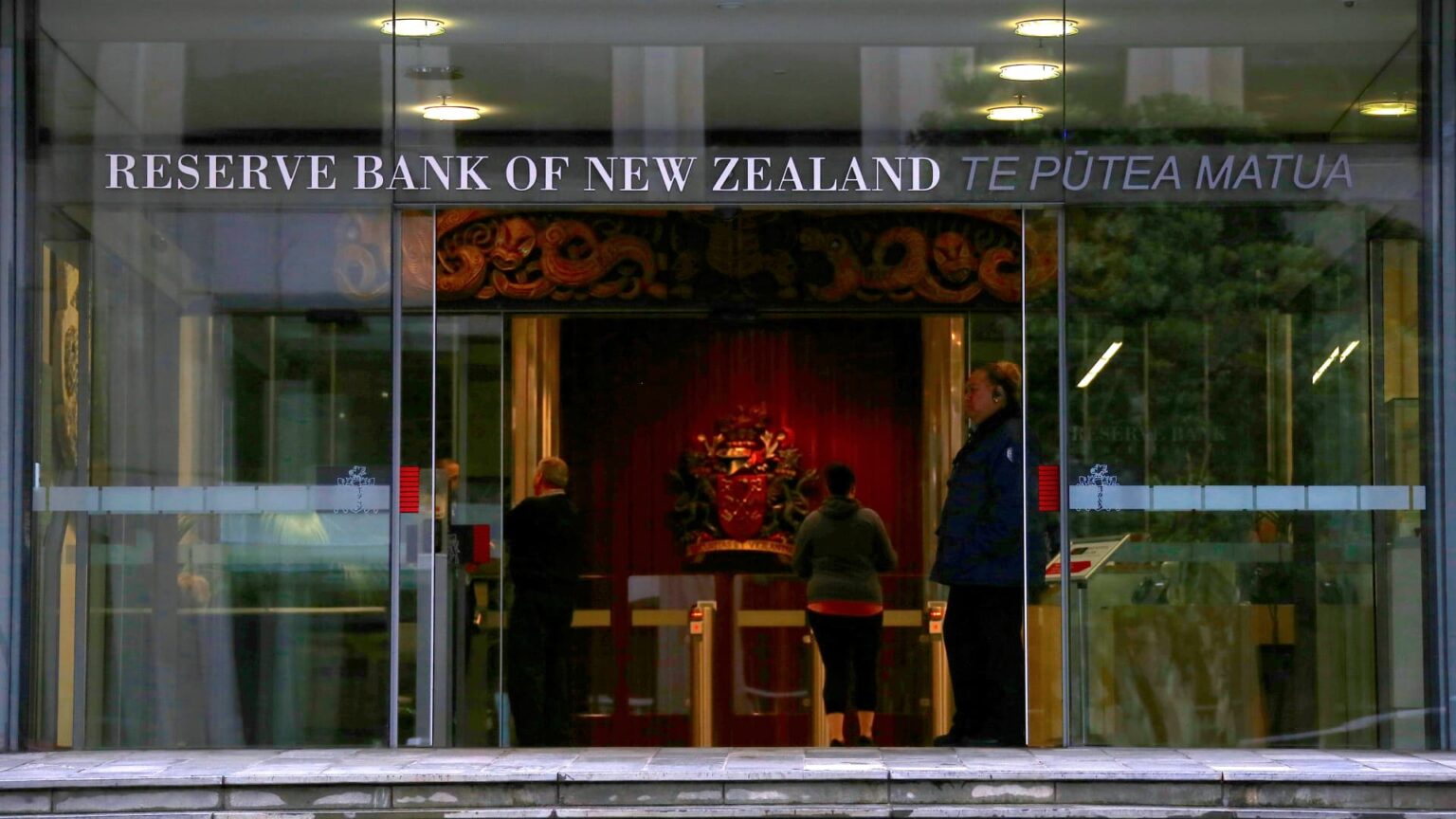New Zealand’s central bank has slashed its benchmark interest rate by 50 basis points after its monetary policy meeting, marking a second straight cut to its benchmark interest rate.
The cut brings the Reserve Bank of New Zealand’s interest rate to 4.75% from 5.25%. The move was expected among economists polled by Reuters.
In August, the RBNZ unexpectedly cut rates by 25 basis points. The central bank said at the time that the pace of further easing will depend on how confident it is about a low inflation environment.
In its Wednesday statement, the central bank said that it “assesses that annual consumer price inflation is within its 1 to 3 percent inflation target range and converging on the 2 percent midpoint.”
New Zealand’s annual inflation rate hit 7.3% in the June quarter 2022, its highest level in over three decades. While it has since cooled to 3.3% as of June quarter 2024, it remains over the RBNZ’s medium term target range of between 1% and 3%.
The RBNZ also noted that economic activity in New Zealand is “subdued,” partly due to restrictive monetary policy.
“Business investment and consumer spending have been weak, and employment conditions continue to soften. Low productivity growth is also constraining activity,” the RBNZ pointed out.
As such, it was “appropriate” to cut rates, so as to achieve and maintain low and stable inflation and avoid instability in output, employment, and the New Zealand dollar.
Speaking to CNBC’s “Street Signs Asia” after the decision, Paul Bloxham, HSBC’s chief economist for Australia and New Zealand, said the bank is likely to cut rates by another 50 basis points at its next meeting in November.
“We think there’s probably more cuts to come, and this is, this is a positive thing for the RBNZ, they’ve got inflation back where they want it.”
Bloxham noted that New Zealand will release its third-quarter inflation print next week, saying “we think we’ll see inflation fall back into their into their target band.”
As such, he predicts that the bank will enact “a sequence” of a sequence of 25-basis-point moves in 2025, predicting that the policy rate will hit 3.25% by end 2025, or 3% by early 2026.
Read the full article here










